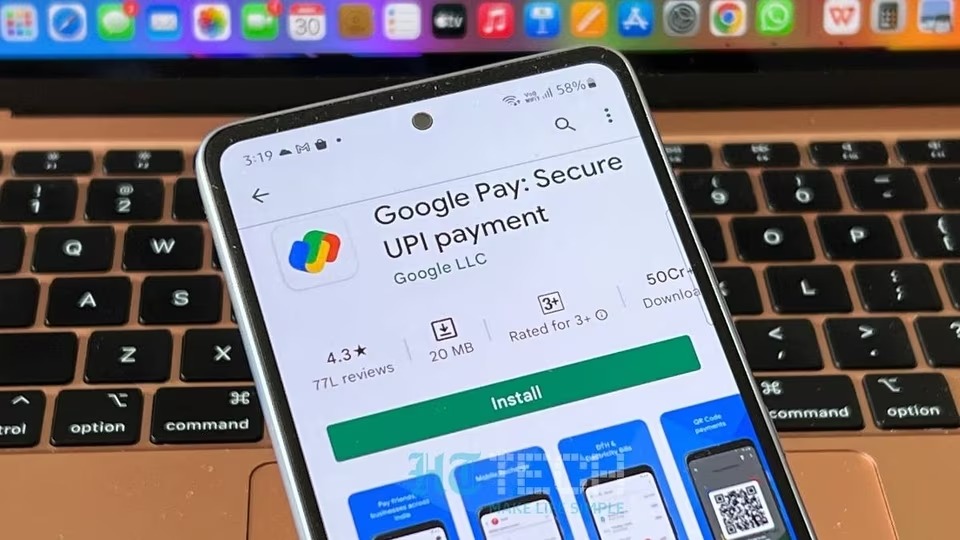On Wednesday, the digital payments platform Google Pay said that users can now activate their UPI (Unified Payments Interface) accounts without a debit card, using Aadhaar-based authentication through the National Payments Corporation of India (NPCI).
Google Pay competitor PhonePe launched a similar service a few days ago. Google Pay users who want to activate UPI through Aadhaar must ensure their phone number is registered with UIDAI and the bank is the same. Their bank account must be linked with Aadhaar.
The new feature is available to account holders of 22 banks that support using Aadhaar-based one-time passwords for UPI verification. Sharath Bulusu, director of product management at Google, said the new features will help bring simplicity and convenience to users.
“In line with the government’s vision to drive financial inclusion, this feature will further strengthen our efforts to drive deeper penetration of digital payments in India. We are very encouraged by the readiness to adopt digital payments we have witnessed in the country over the years. This feature will help further drive the UPI ecosystem,” Bulusu said in a press statement.
Users can choose between debit card or Aadhaar-based UPI activation when they install the Google Pay app. The company said that Google Pay will not store Aadhaar numbers and will act as a verification facilitator.
Users who prefer to authenticate via Aadhaar must enter the first six digits of their Aadhaar number. They then need to enter the one-time password they receive from the Unique Identification Authority of India (UIDAI) and their bank. Subsequently, their respective banks will complete the process, and they can set their UPI PIN.
Customers can then use the Google Pay app to make transactions or check their balances. Once the user enters the first six digits of the Aadhaar number, it is sent via NPCI to UIDAI for verification. This process ensures the security of the user’s Aadhaar number.
 Live
Live

